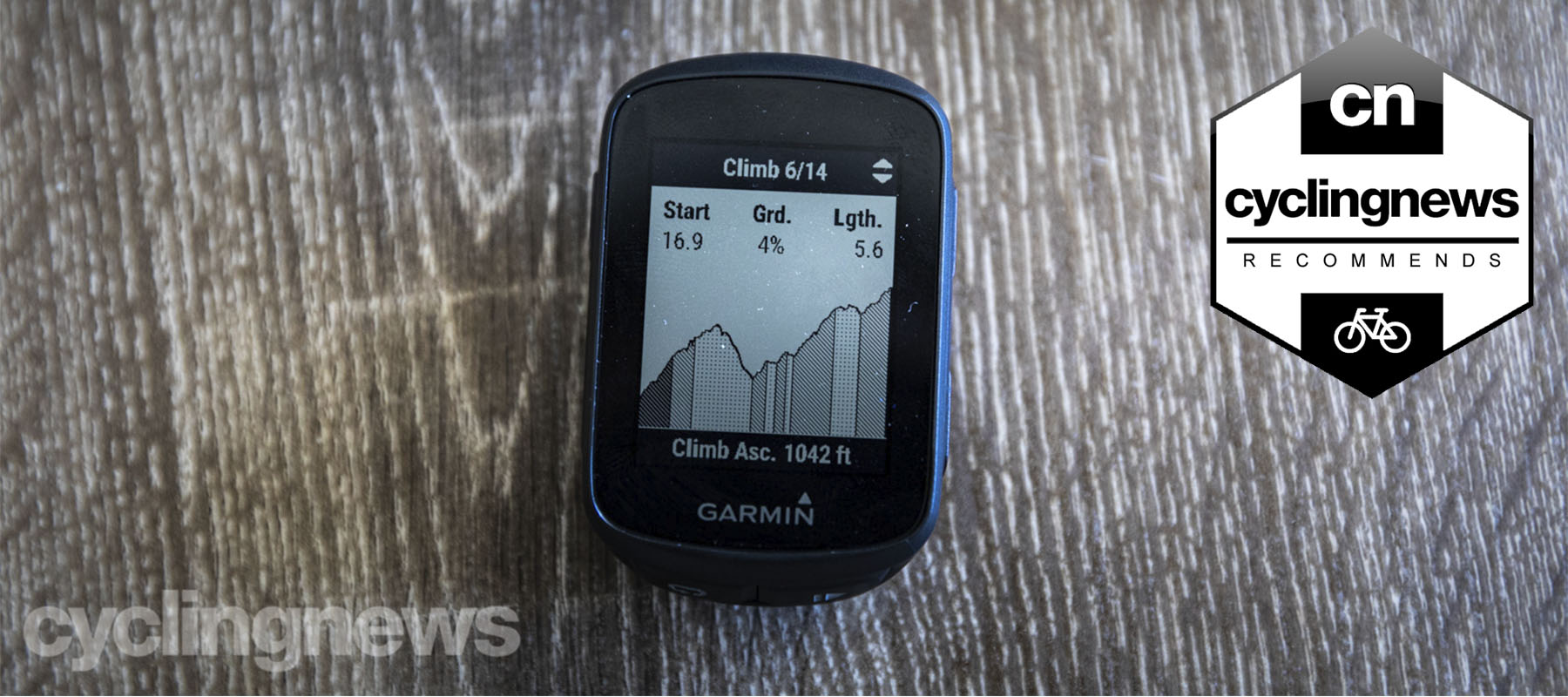Cyclingnews Verdict
Pint sized feature packed unit that sees most of the datafields and training features you would ever want
Pros
- +
Varia compatible
- +
Structured training
- +
Accelerometer allows for MTB metrics
- +
Tack sharp screen
Cons
- -
Incident detection still provides false positives
- -
Lacking advanced power metrics
You can trust Cyclingnews
When Garmin launched the Edge 130, many (myself included) saw it as the spiritual successor to the veritable Edge 500. While it was similar in form factor and with the tack-sharp, black and white screen, this wasn’t a totally accurate assessment.
Instead, it served as the GPS behemoths entry-level head unit, with 46 metrics covering the basics of speed, distance, heart rate, power, and a few others. It lacked base maps but could guide you along a route with breadcrumbs, was almost universally compatible with sensors, and spoke the same language as the Garmin Connect app for two-way data transfer.
As Garmin has done in the past, it released a ‘plus’ version of the computer, which allows for a few updates without having to totally relaunch at specific price points, and the 130 Plus follows that same structure.
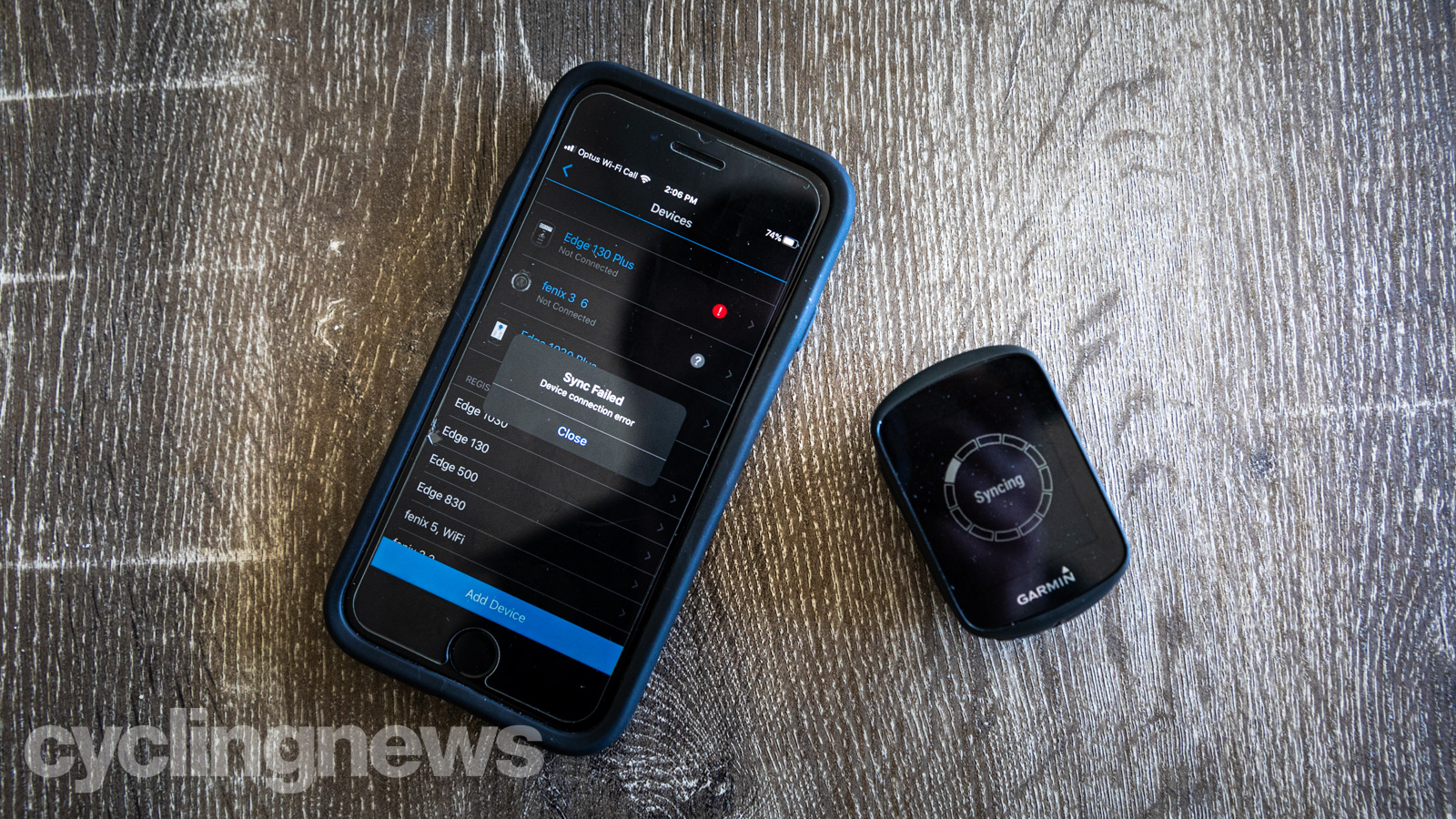
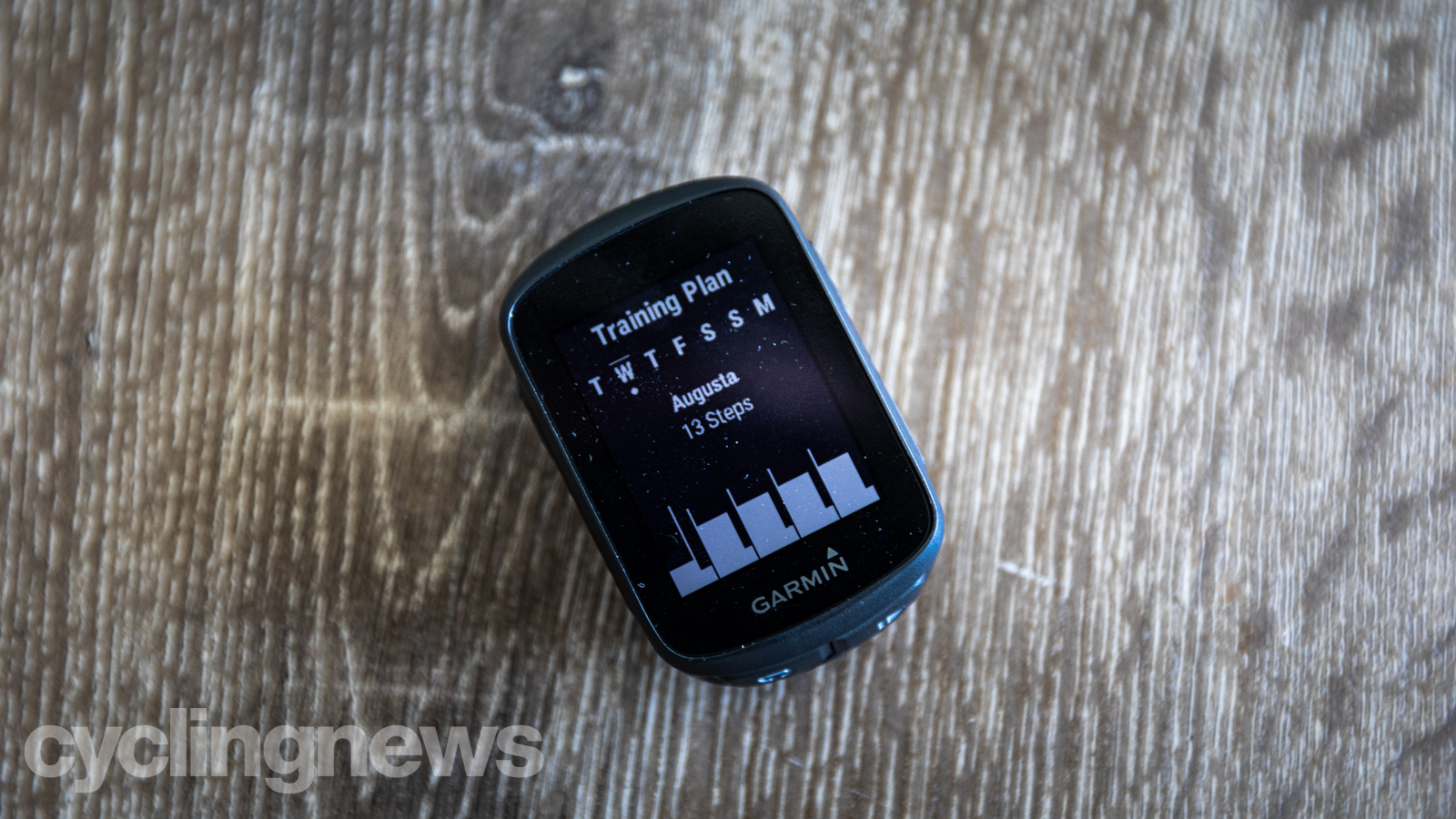
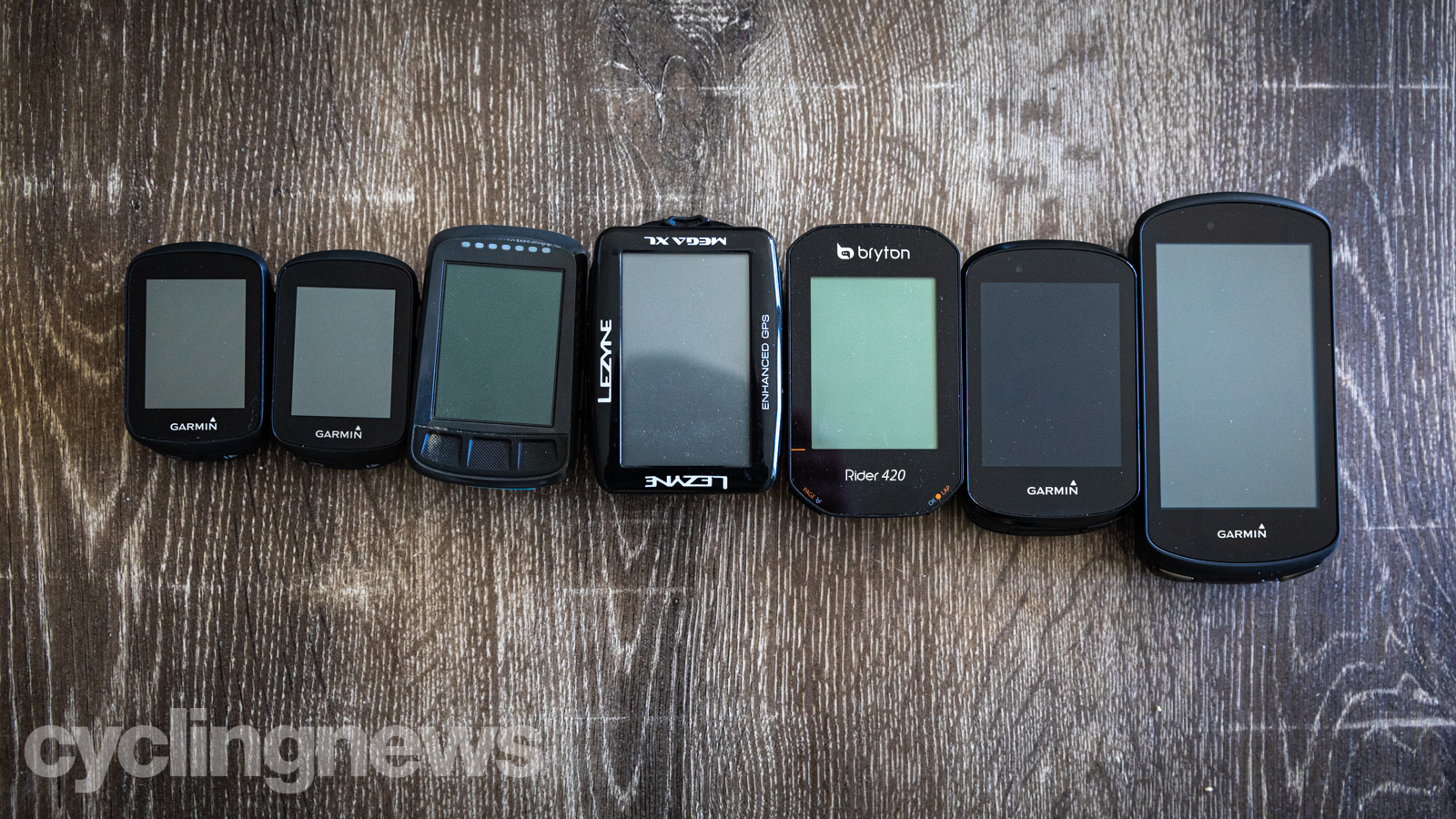
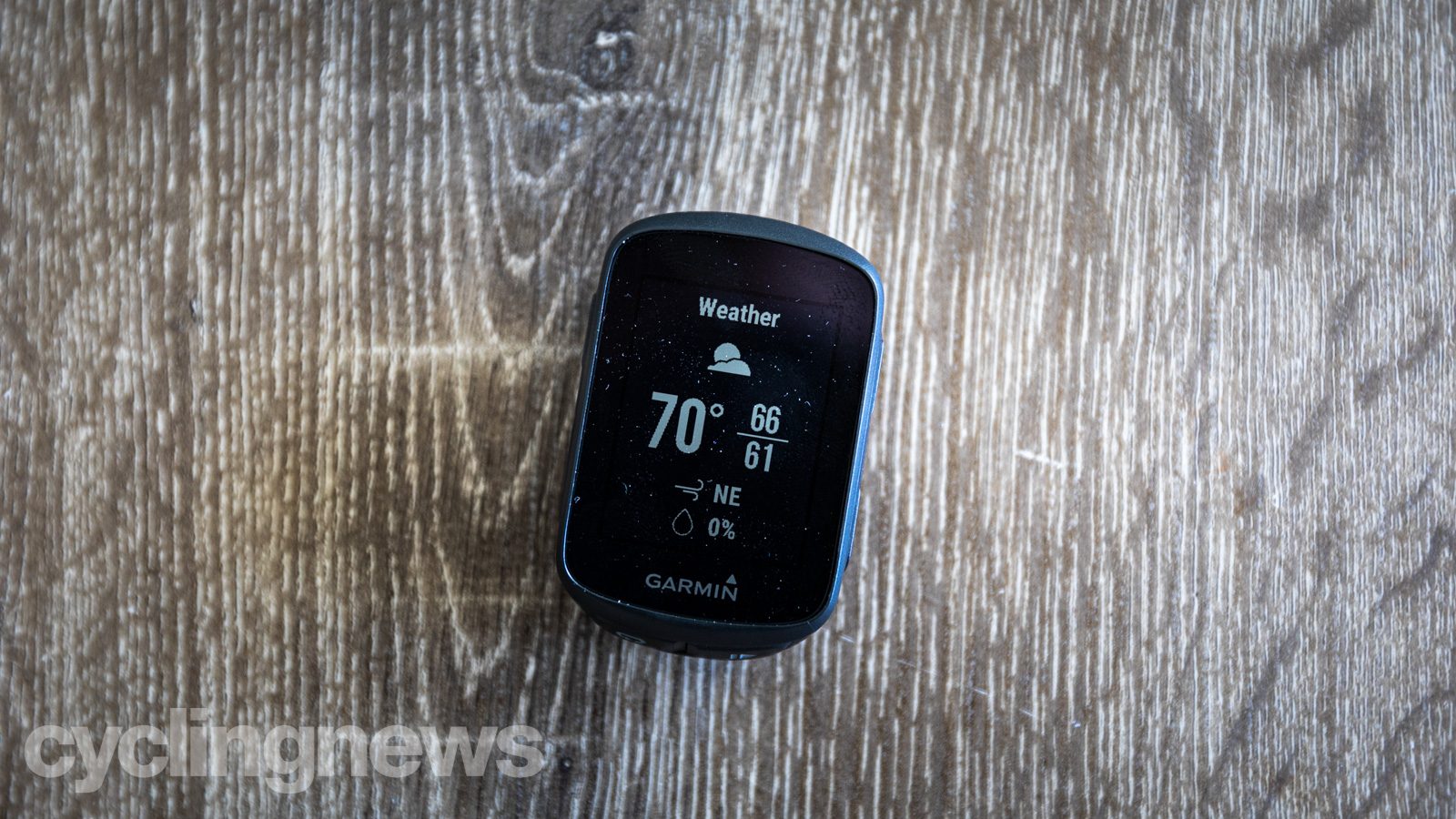
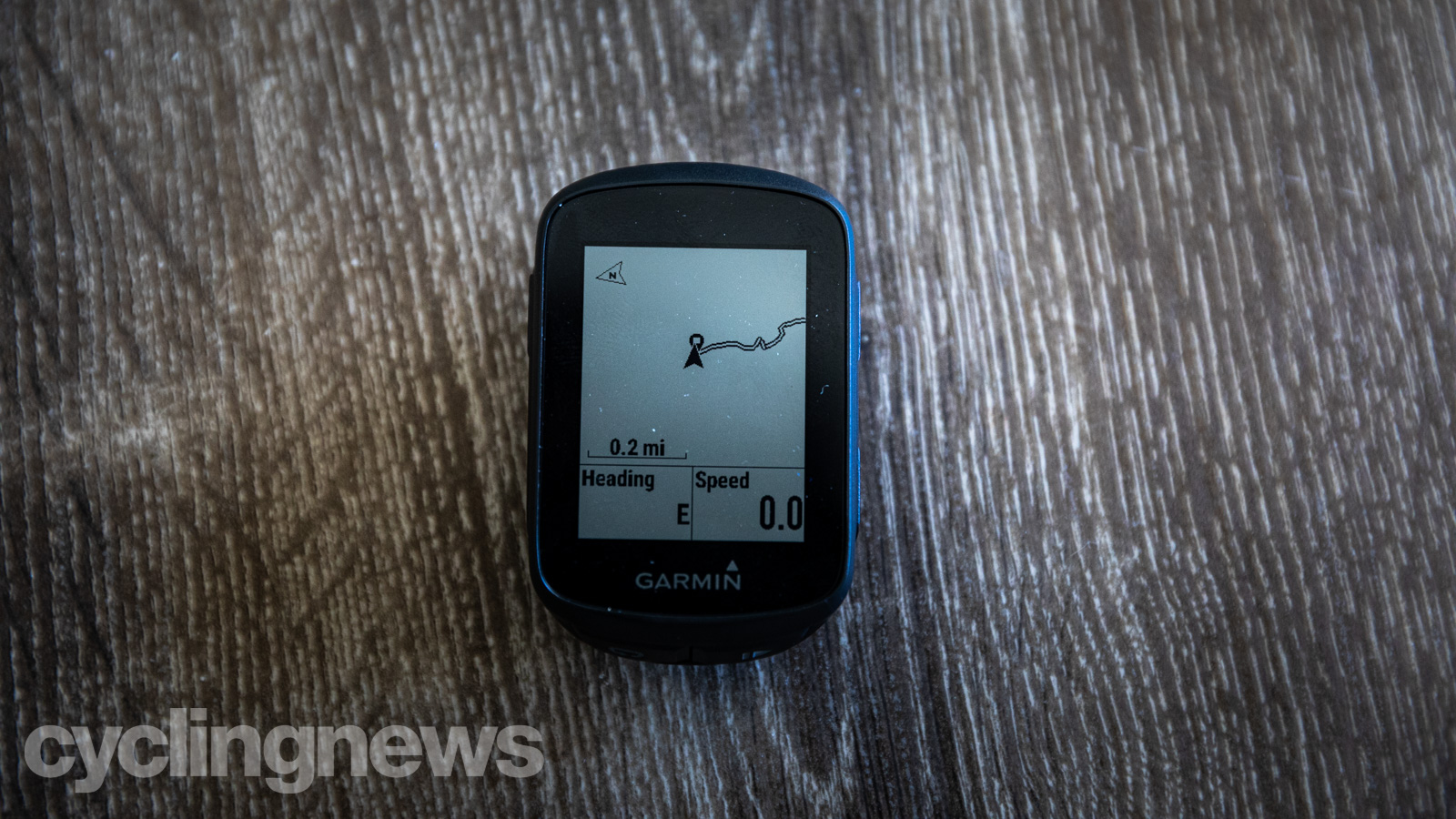
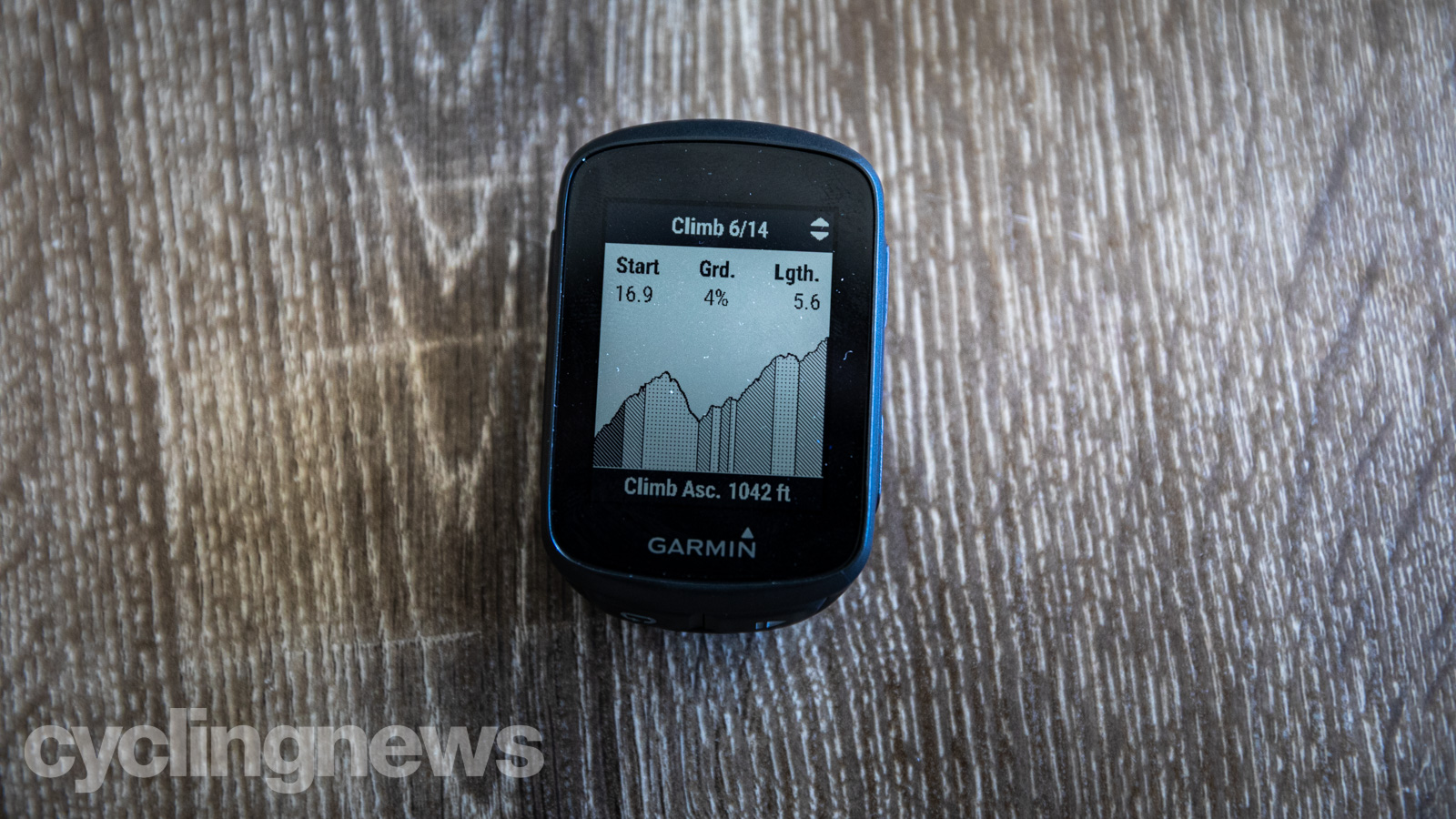
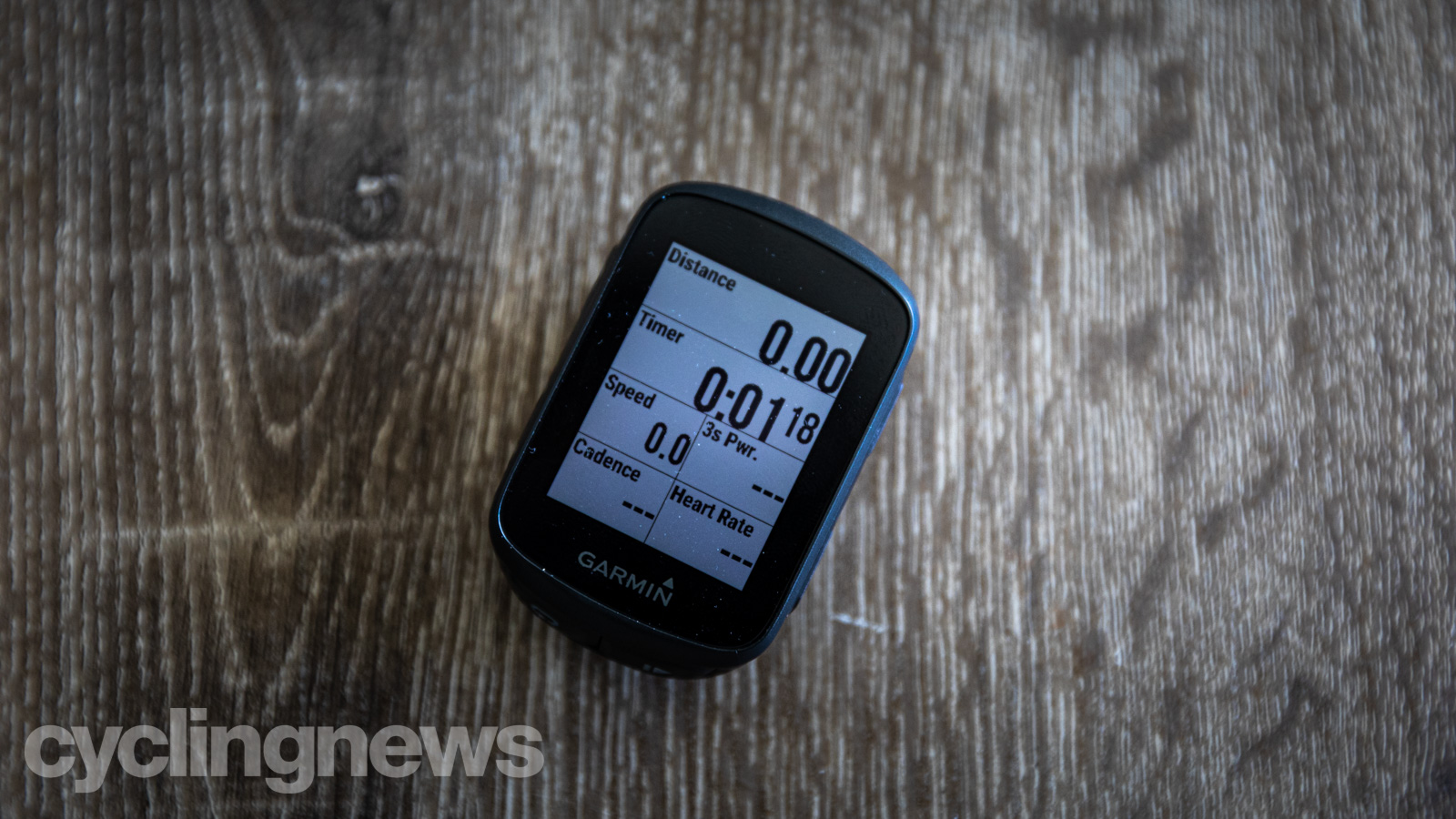
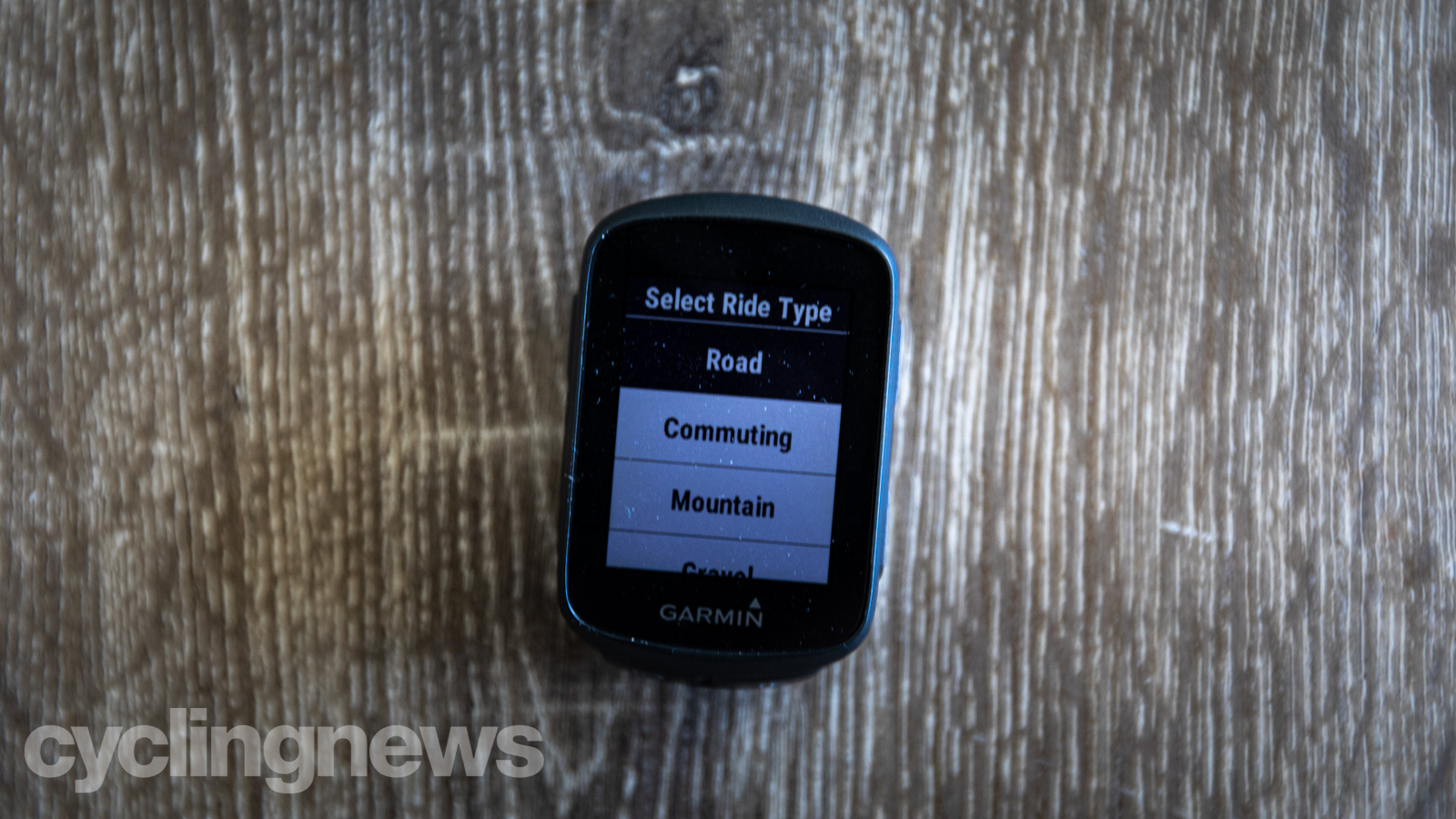
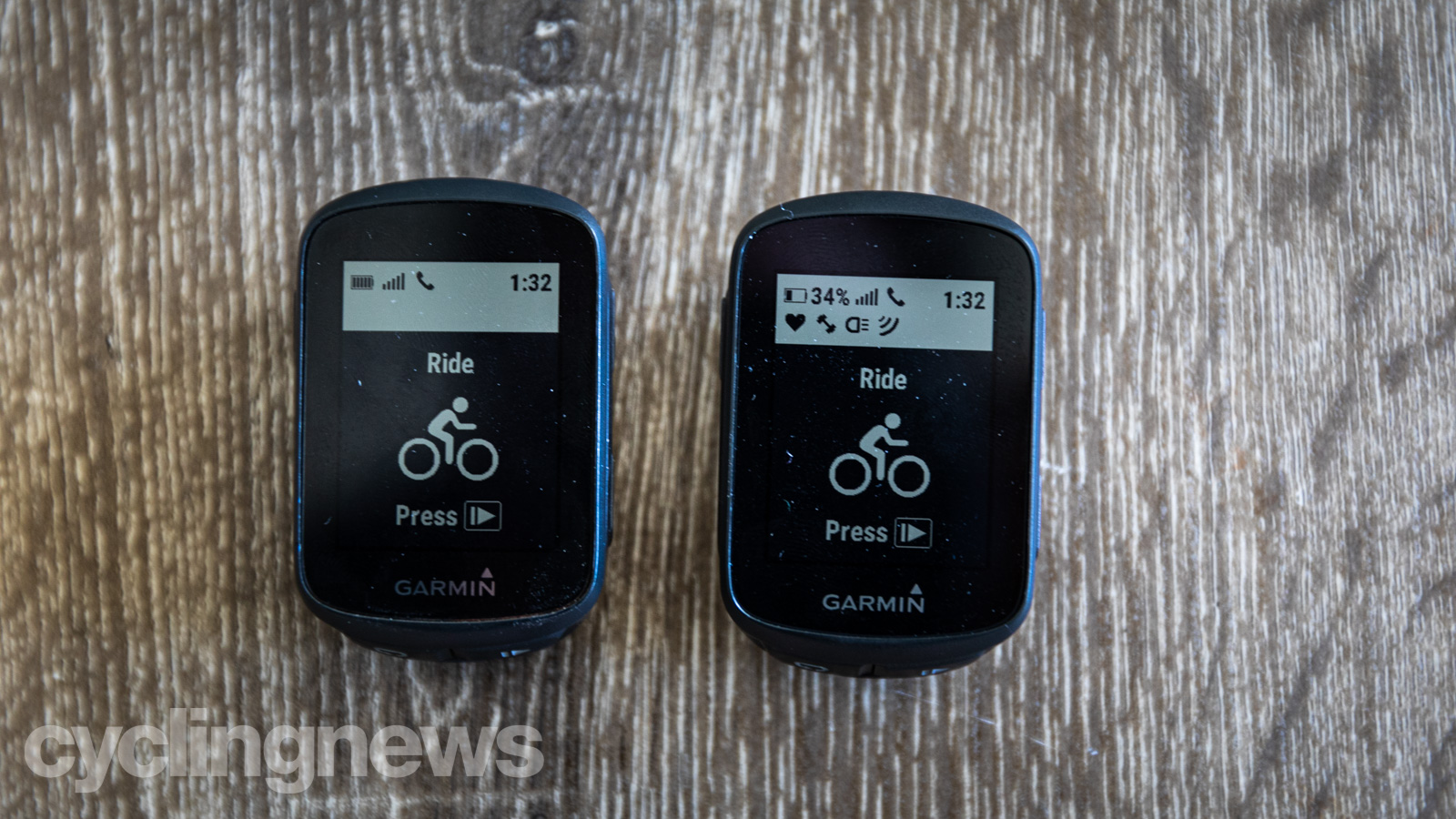
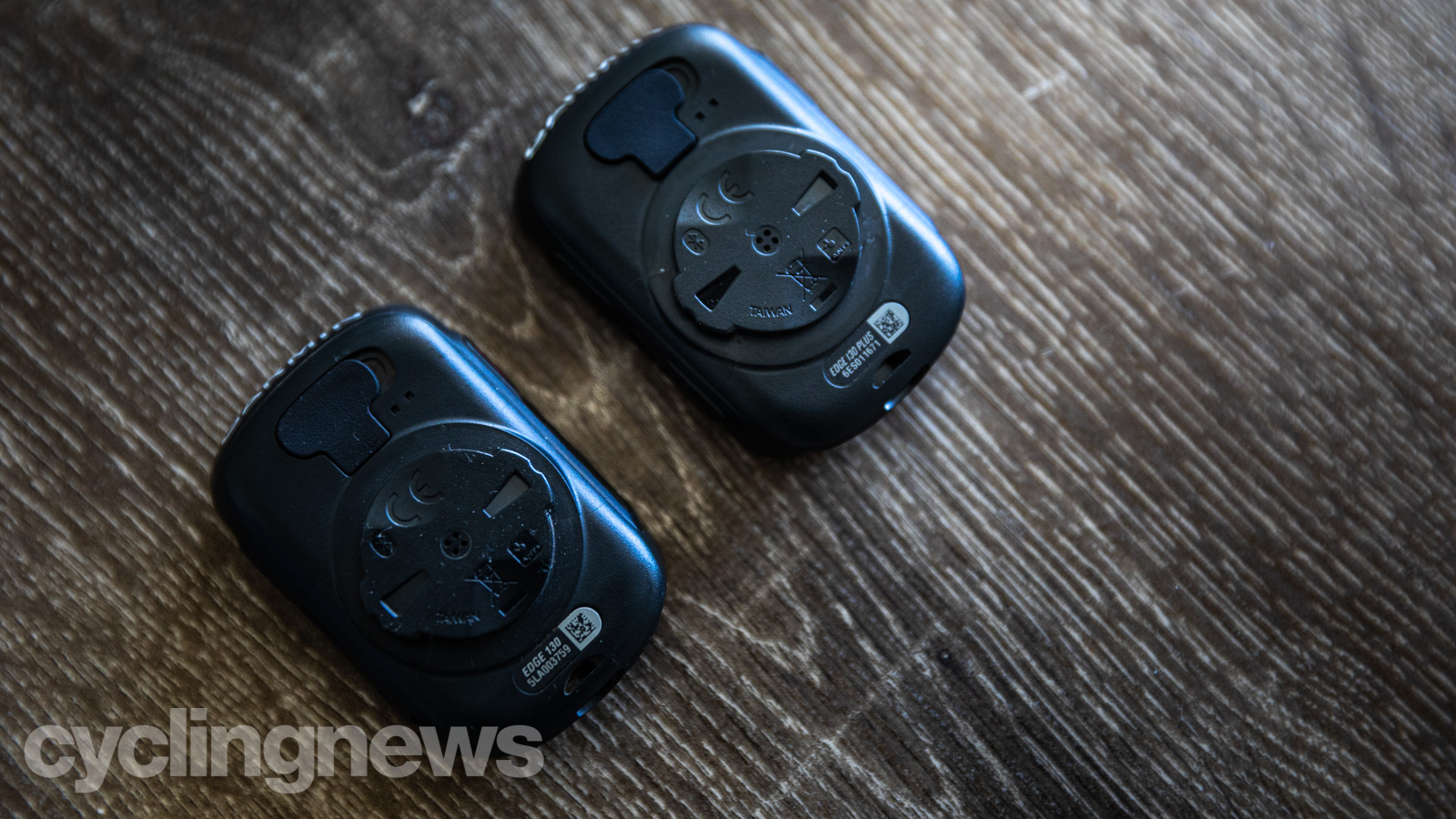
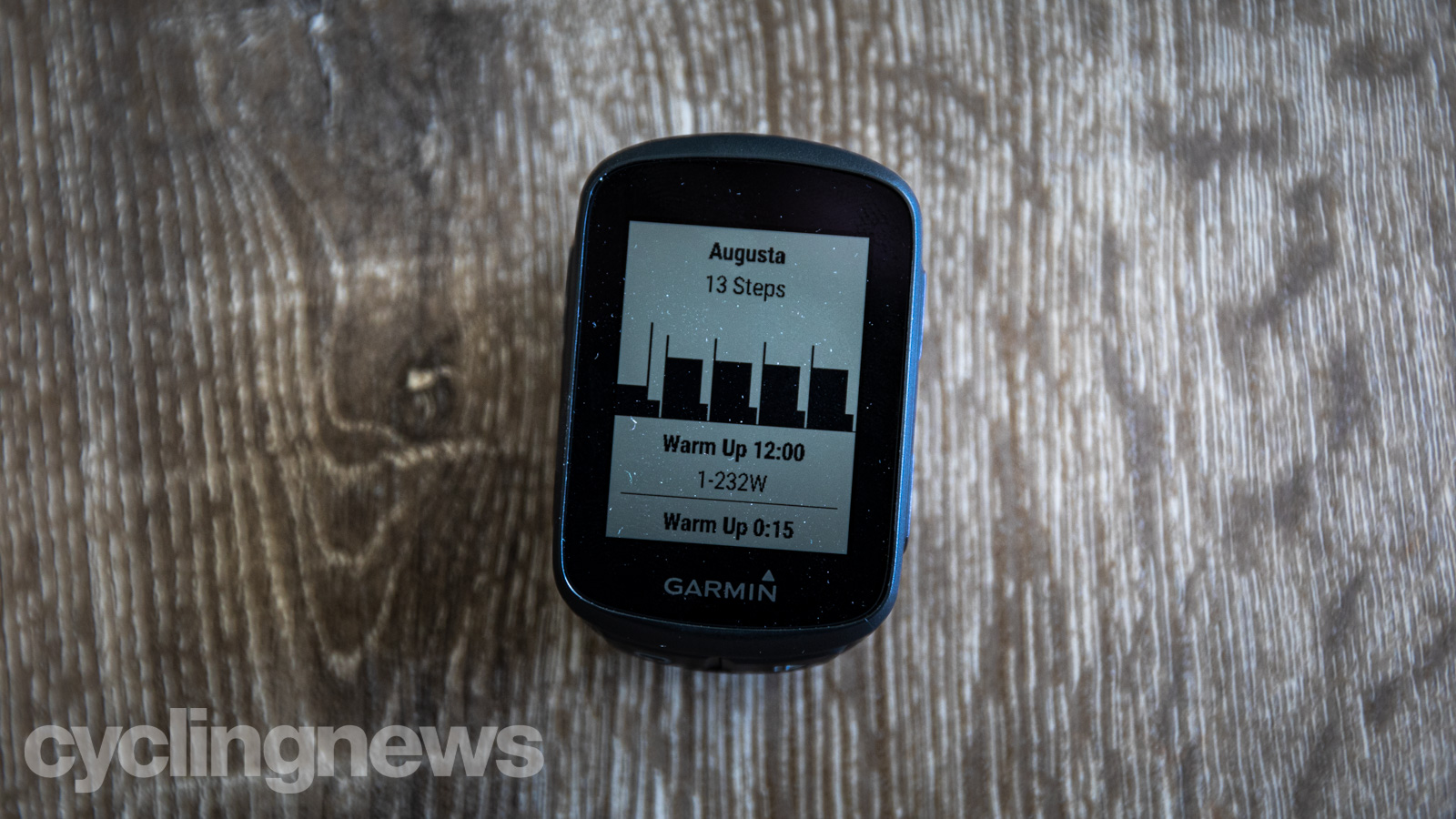
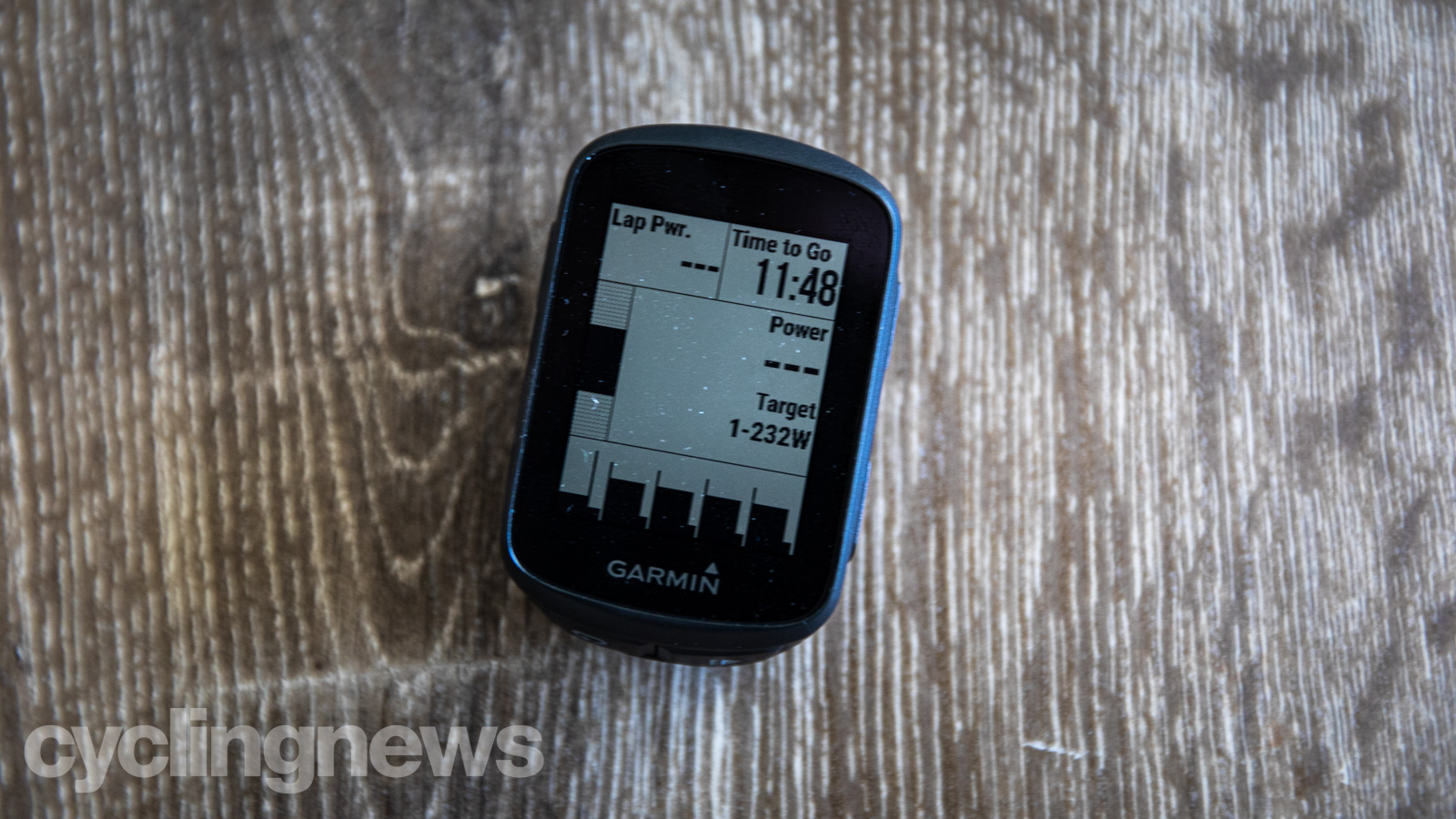
Design and aesthetics
From the outside, the Edge 130 and 130 are identical. The case and screen are the same size, the graphics are the same, the noises are the same, and they both weigh 33g; the aesthetic difference comes in the form of a sticker on the back denoting the model.
Since this computer occupies the bottom step of the Edge hierarchy, it should come as no surprise to find buttons instead of a touch screen. The computer has five buttons in total, with the start and lap screens along the bottom edge, up and down buttons on the right side and the power button on the left. They are small but have a tactile click.

- Best budget gravel bikes: Gravel grinding on a budget
Features and ride expereince
When it comes to hardware, the only difference between the Edge 130 and 130 Plus is the addition of an accelerometer. This allows the Garmin to include the MTB metrics like grit, flow, jumps, as well as incident detection.
The computer still supports Bluetooth and ANT+ sensors including the Varia radar and lights, and automatically sync your sensors and data screens across to the 130 Plus when you set up through Garmin Connect — the caveat being you already have a Garmin device. This eliminates the button-pushing marathon that often comes with setting up non-touchscreen head units; however, if this is your first computer, get your fingers warmed up.
The computer has access to the GPS, GLONASS, and Galileo satellite networks and picks up a connection lighting fast, or at least where I live in Australia. Through my testing period, I didn’t have any issues with dropouts or wonky readings, even under heavy tree cover.
The Edge 130 Plus offers the same training metrics (with the addition of the MTB dynamics) as the 130, which has your basics covered, including support for power meters. If you’re after more advanced metrics like normalized power or TSS, you’ll need to spend a bit more and opt for the Edge 530 if you’d like to stick with Garmin. I should note once you upload to Garmin Connect, Strava, or wherever else your activities live online, these apps of your choice will calculate these metrics and many others based off of an activity record on the Edge 130 Plus.

Garmin has also added structured workout support, which allows you to sync workouts from Garmin Connect, or third-party software like Training Peaks, Todays Plan or TrainerRoad. I regularly use TrainerRoad’s ‘Do Outside’ workouts, and just as they do with Garmin’s higher-end units, once scheduled all you have to do is sync the computer with Garmin connect, they will appear in the training menu, and away you go.
Unlike Garmin’s higher-end computers, there is only one training data screen, and the fields are not customizable. Overall it conveys the information you need to know; with the bar graph at the bottom which shows your steps, power, target power, lap power, and time remaining. But, it would be nice to be able to sub in three-second power for current power and to be able to zoom in on the bar graph to see what’s coming up.
Garmin has also added ClimbPro, which shows you an elevation profile of the hill ahead — provided you’re following a course, and it’s a long enough climb. With the monochrome screen you miss out on the colour-coded gradient information, but it works just the same.
Speaking of courses, with no base maps, the Edge 130 Plus’ navigation capabilities are limited. Routes can be created on the Garmin Connect web or mobile apps, or through Garmin’s new course syncing — a feature Wahoo has offered since the first Elemnt. This allows you to star/favourite a route in Strava, Komoot, or RideWithGPS have it automatically synced to the device. Once on the breadcrumb trail can zoom in and out, pan and the computer will let you know if you’ve gone off course, but don’t expect street names or rerouting.

Battery life on the Edge 130 Plus has actually decreased by three hours claimed to last up to 12-hours on a full charge. This figure, of course, depends not only on how bright the screen is but also how many sensors, live tracking, and even how often you press the buttons. For me, with a power meter, heart rate, and Varia radar connected, I was getting between 10 and 14-hours of battery life depending on whether or not I was following a course or if my phone was connected.
With the addition of the accelerometer, Garmin has extended the incident detection functionality to the Edge 130 Plus, which I have mixed feelings about. Trickle-down tech is excellent and usually adds to the value of a computer, but in this case, Garmin still has not solved the problems with this particular feature. It’s supposed to be triggered by g-force spike followed by an abrupt stop, but I have set it off on more than one occasion just slowing for a stoplight. On a mountain bike ride, it needs to be turned off completely otherwise your nominated emergency contact will get quite a few crash notifications.
In defence of the Edge 130 I have and fewer false positives than the Edge 1030 Plus and Edge 830, and even fewer when it’s mounted directly on my bars rather than an out in front mount.
On the plus side, the accelerometer also opens up the MTB dynamics. While the Jump metrics are just for show, the Flow and Grit metrics are quite useful for XC and CX racers. The Grit metric assigns a difficulty score to a particular route, which is helpful in comparing one course to another. Flow is the one I’ve found particularly usefully as it uses accelerometer and speed information to score how well you flow through a course. If you’re seeking to improve lap times, this can show you precisely where you’re losing seconds, or grabbing a bit too much brake. The unobtrusive form factor is also appealing from a mountain biking perspective.

Verdict
For its size, the Edge 130 Plus is brimming with features. The addition of the accelerometer, ClimbPro, and structured training is a marked improvement over the non-plus version. It has all the connectivity you’d expect from a modern computer and barring a few sync errors has been mostly trouble-free. The breadcrumb navigation is quite basic, but it is there if needed; though if that’s what you’re specifically looking to get out of a cycling computer, best to look elsewhere.
The elephant in the room is does the $200/ £170 / AU $349 Edge 130 Plus tick enough boxes to compete with similarly priced head units like the Lezyne Mega XL) $200 / £180 / AU$300) or the slightly more expensive Wahoo Elemnt Bolt ($229 / £184 / AU$369.95)?
Depending on where you live, these may not entirely be apples to apple comparisons based on price. Still, the Lezyne and the Wahoo can display more advanced metrics and have better navigation and app integration. For a few extra bucks, the Wahoo offers worldwide preinstalled base maps, and you can change customize the workout data screens.
Still, the Garmin does offer a few unique features like VO2 Max, has a recovery calculator, and includes the mountain bike dynamic metrics. It all comes down to what you’re looking to achieve with a computer. If you’re the type of rider who isn’t really concerned with navigation, or structured training, and are just looking for the head unit to keep track of your rides without leaving much of a footprint on your bars, the Edge 130 Plus might just be your ideal head unit.
Tech spec: Garmin Edge 130 Plus
- RRP: $200/ £170 / AU $349
- Display: 1.8in, 303 x 230 pixels
- Weight: 33g
- Storage capacity: 100 waypoints/locations, 30 routes & up to 100 hours of history
- Water-resistant: IPX7
- Connectivity: Bluetooth, ANT+
- Sensors: GPS, GLONASS, Galileo, and
- Battery: USB Rechargeable 12-hours
- Dimensions: 41mm x 63mm x 16mm
Curious about improving your cycling stats? Our Garmin coupon codes can help you save on tech to guide your progress.
Based on the Gold Coast of Australia, Colin has written tech content for cycling publication for a decade. With hundreds of buyer's guides, reviews and how-tos published in Bike Radar, Cyclingnews, Bike Perfect and Cycling Weekly, as well as in numerous publications dedicated to his other passion, skiing.
Colin was a key contributor to Cyclingnews between 2019 and 2021, during which time he helped build the site's tech coverage from the ground up. Nowadays he works full-time as the news and content editor of Flow MTB magazine.
